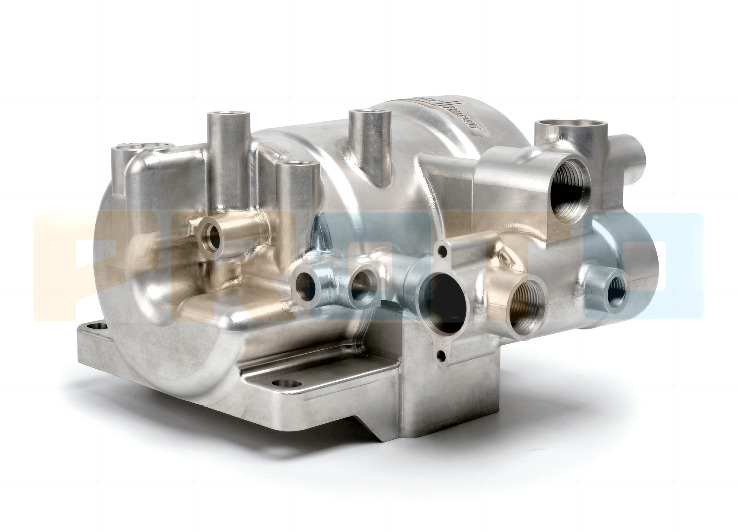In today’s fiercely competitive market, innovation stands as the key differentiator among companies striving for success. The ability to bring fresh ideas to life and swiftly transform them into market-ready products is crucial. This is where prototype molds come into play, serving as a catalyst for accelerating the innovation process.
Prototype molds offer a swift turnaround time for testing out conceptual ideas. With these molds, innovators can quickly bring their visions to reality and assess their feasibility before investing in full-scale production. This agility in testing ideas is vital in today’s fast-paced market environment.
Moreover, utilizing prototype molds provides a cost-effective solution for product development. Instead of committing resources to expensive production methods at the outset, companies can save costs by experimenting with different designs and materials through prototype molds. This not only reduces financial risks but also ensures a more efficient use of resources during the innovation phase.

When selecting prototype molds, material selection plays a crucial role in achieving optimal results. The choice of materials can impact the durability, quality, and performance of the final product. By selecting the right material for the prototype mold, innovators can ensure that their designs are accurately represented and tested for functionality.
Furthermore, precision and accuracy in mold creation are paramount. The ability to replicate intricate details and complex geometries accurately is vital in prototype molding. By choosing a manufacturer with a proven track record of precision in mold fabrication, companies can ensure that their prototypes are of high quality and yield reliable results.
The prototype molding process typically involves two main phases: the design phase and the mold fabrication phase. In the design phase, CAD models are created to visualize the product design and identify potential areas for improvement. Prototypes are then developed based on these CAD models to test the feasibility and functionality of the design.
During the mold fabrication phase, the right mold-making method is selected based on the material and quantity requirements of the prototype. Whether it’s injection molding, compression molding, or vacuum casting, the choice of method can significantly impact the quality and efficiency of the molds.
There are two main types of prototype molds commonly used in the industry: aluminum molds and steel molds. Aluminum molds are ideal for low volume production runs due to their cost-effectiveness and rapid prototyping capabilities. On the other hand, steel molds are suitable for high volume production, offering durability and precision for large-scale manufacturing.
Case Studies on Successful Innovation Using Prototype Molds
Company A, a leading innovator in the automotive industry, streamlined their product development process by incorporating prototype molds into their workflow. By using prototype molds for testing various design iterations, they were able to swiftly iterate on their ideas and bring new products to market faster than their competitors.
Company B, a consumer electronics company, reduced their time-to-market by leveraging prototype molds to validate their product designs. By involving stakeholders early in the prototyping process and iterating on designs based on feedback, they were able to address potential issues before mass production, resulting in a more refined and market-ready product.
To maximize the benefits of prototyping, it’s essential to involve stakeholders in the process from the outset. By gathering feedback from users, engineers, and designers, companies can ensure that their prototypes align with market needs and expectations. Additionally, iterating on designs based on feedback is key to refining and improving the product before moving into production.
One common challenge in prototyping is overcoming design limitations due to material constraints or manufacturing techniques. By thinking creatively and exploring alternative solutions, innovators can address these limitations and find innovative ways to achieve their design goals.
Another challenge is addressing potential production issues early on in the prototyping phase. By conducting thorough testing and validation during the prototype molding process, companies can identify and rectify issues before they escalate into costly production problems. This proactive approach can save time and resources in the long run.
Looking ahead, 3D printing technology is poised to revolutionize mold fabrication in the prototype molding industry. With advancements in additive manufacturing, companies can now rapidly prototype molds with complex geometries and intricate details, allowing for faster design iterations and quicker time-to-market.
Furthermore, virtual prototyping is gaining traction as a method for simulating and testing designs in a virtual environment. By using virtual prototyping tools, companies can visualize and assess the performance of their designs before investing in physical prototypes, saving time and resources during the product development process.
In conclusion, prototype molds play a pivotal role in revolutionizing innovation and driving success in today’s competitive market. By embracing prototyping as a key strategy for testing ideas, refining designs, and accelerating time-to-market, companies can stay ahead of the curve and meet the demands of consumers with innovative products that resonate in the marketplace. The future of innovation lies in the hands of those who leverage prototype molds to propel their ideas from concept to reality.